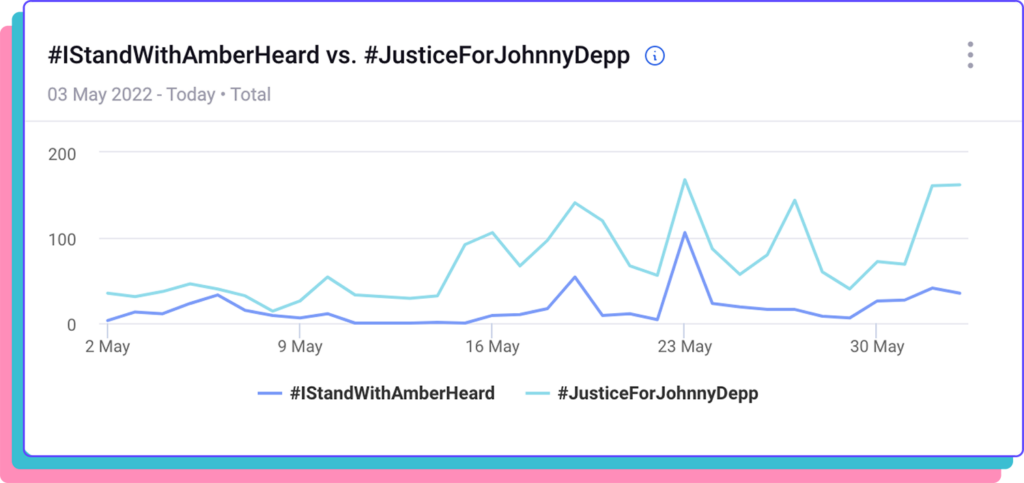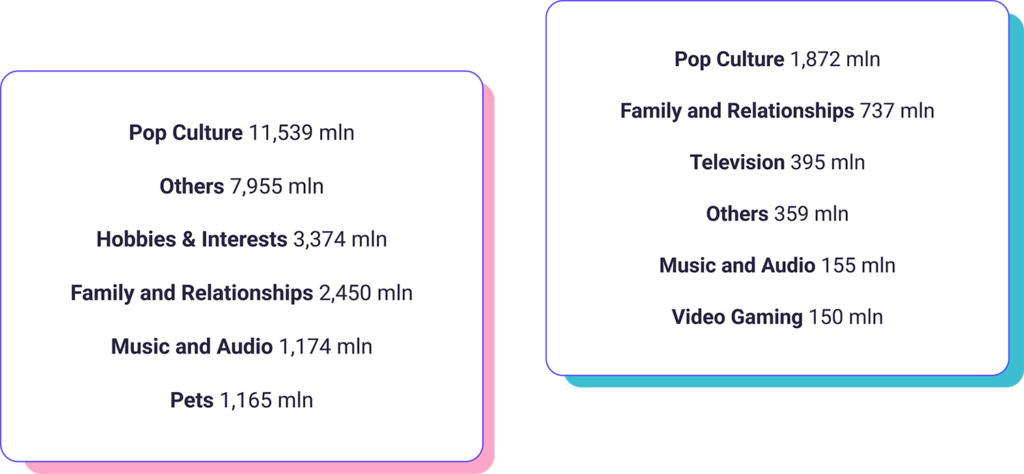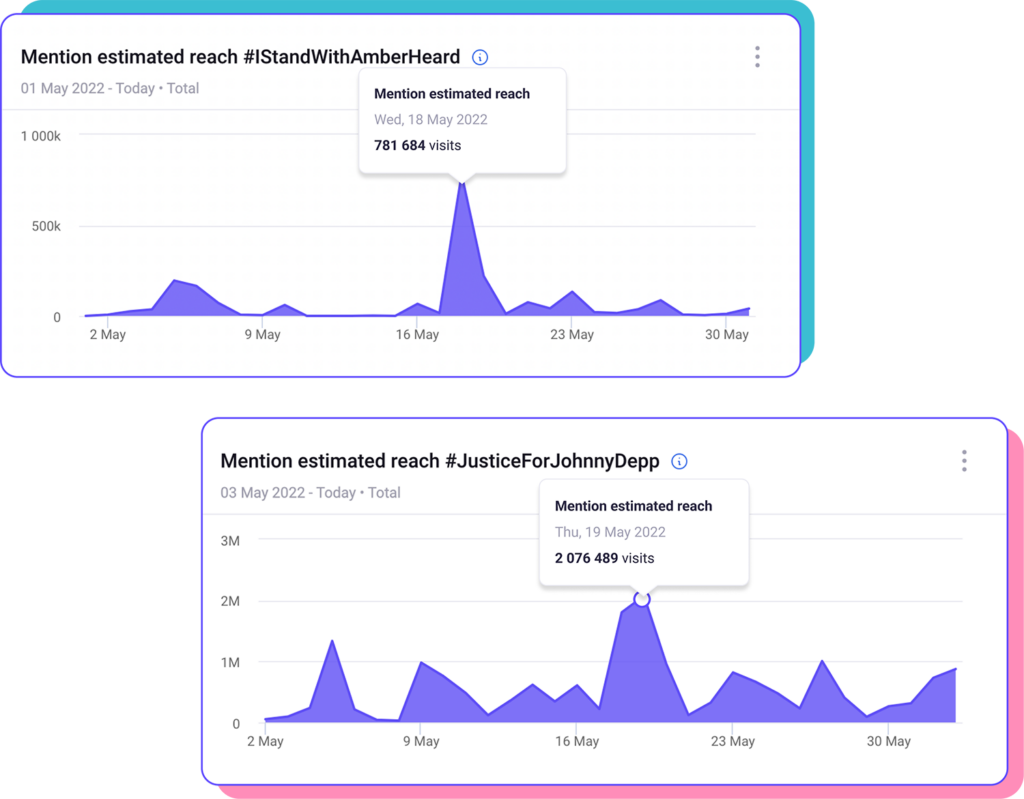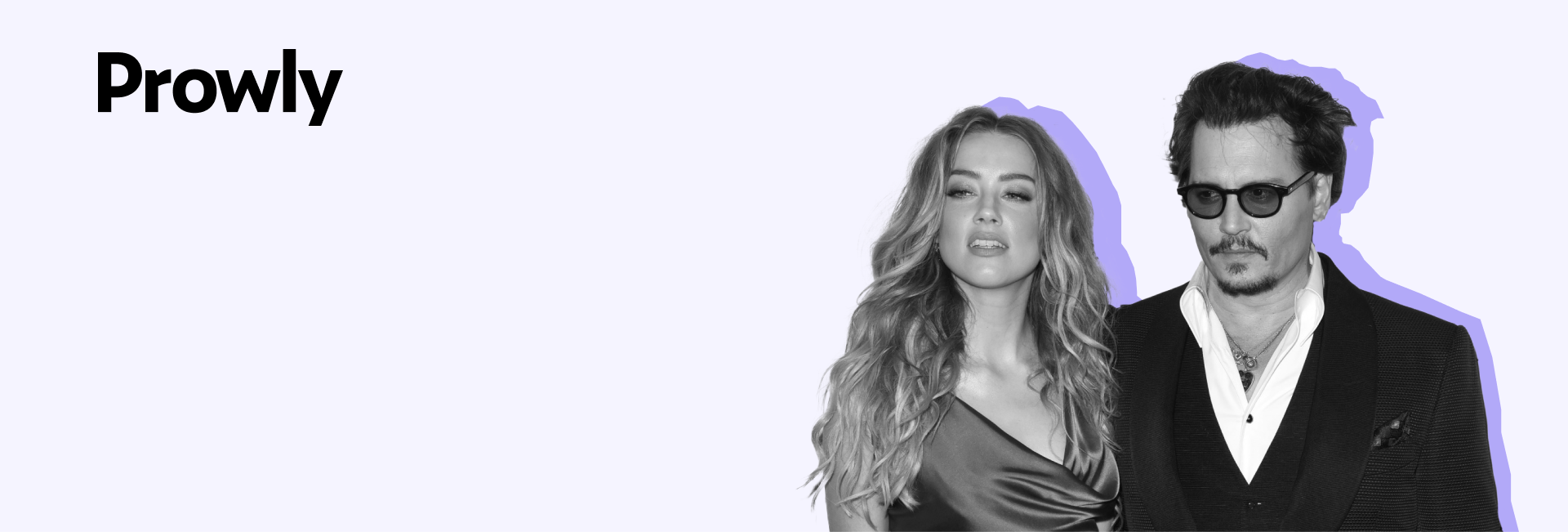We recently released our own dedicated media monitoring service as yet another addition to the Prowly PR toolbox. Now you can keep your digital ear to ground 24/7, listen for mentions of your brand, organization or any keywords you want and get access to detailed reports about the amount and kind of coverage you’re getting. All perfectly integrated into Prowly’s existing functionalities.
With Prowly’s Media Monitoring, you get links to all detected mentions, letting you easily catch up on conversations that matter to you. Filters let you focus on the kind of mentions you’re looking for and you even get accurate estimates of the reach of the platforms and forums where the mentions come from. You can also get alerts to situations that might need your attention, identify opportunities to engage and measure the impact of PR campaigns.
Try Prowly's media monitoring free for 7 days
Start tracking your brand and keywords for free (no credit card required) in Prowly.
- Comprehensive monitoring: Track the web and social media mentions.
- Transparent pricing: Plans start at $258/month
- All-in-one platform: Get everything you need in one tool for PR, incl. media database, outreach, reporting, and more
Depp vs. Heard trial: step-by-step media coverage data interpretation
As we launched our media monitoring service, we noticed that there was a huge story that was heating up at the same time, the defamation lawsuit involving Johnny Depp and Amber Heard. Because of the coverage it was getting and the fact that it would be a recognizable subject for an example, we thought we would use it to illustrate just what Media Monitoring does and how it works.
We’ll share the graphic with our findings first and then come back to look at each part individually. Here’s how Prowly’s media monitoring saw the Johnny Depp — Amber Heard news drama:
One clue about media monitoring’s capabilities is in the title, “How US Media Covered Depp vs. Hears Defamation Trial in 2022”. Filters let you see only the information that’s relevant to your search, like where the coverage comes from geographically.
You can also search by keyword combinations & context, topics, estimated mention reach, region & language and more. With so much information at your fingertips, narrowing your search to a single variable is key and our media monitoring delivers.
What can you get from media monitoring using the example of Depp vs. Heard?
#1 The amount of coverage
The most straightforward measurement might be the most important. 1,928 publications for Depp versus 476 for Heard would seem to be a victory for Depp if you’re going by numbers alone but, as we’ll see, this is just one way to look at it.
Charts make it easy to track how keyword mentions rise and fall over time at a glance and compare to other search terms.

#2 The kind of coverage
The story behind those numbers is the fact that not all media platforms are the same when it comes to reach and focus. Would you rather get one feature story in the New York Times or ten profiles in small town newspapers? Brief but positive coverage by a known publication in your field or more mentions in platforms outside your industry?
It’s no surprise that pop culture-oriented publications account for most mentions in our example, given the nature of the participants, but the “pets” and “video gaming” angles might be harder to explain. Any ideas?

#3 Additional coverage
Here’s where things get really interesting. In the course of the Depp vs. Heard proceedings, numerous references were made to film studios like Warner Bros. and Disney, as well as to cosmetics companies like Dior and L’Oreal. Given the lurid nature of much of the testimony, you might think that executives at those companies would prefer that their names not be used by anyone in the courtroom but who knows?
Discussions of the topic or brand A often involve references to the topic or brand B and knowing how often they are linked and why should be of interest to stakeholders in both A and B. Do you know who your customers compare you to? Are you mentioned in the same sentences as brands that you aspire to be like or brands that you want to avoid? Media monitoring can supply answers to these questions and help you make better decisions going forward.

#4 Coverage comparison
Straight-up comparisons of one topic versus another can be useful for any number of reasons related to public sentiment, market trends or how much buzz something is getting compared to something else.
Using comparisons can help you discover where you’re doing well and where you need to do some work.

Make Prowly’s Media Monitoring work for you
Applying our Media Monitoring tool to the Depp vs. Heard case shows how you can approach topics from different angles for a more complete, nuanced analysis of what kind of online traction that topic is getting.
From putting out fires when they’re still small to getting a feel for how a campaign is going, to seeing what the competition is up to and a thousand things in between, Prowly’s Media Monitoring tool puts a long list of options within your reach.
We used the Depp vs. Heard trial to show what our media monitoring tool can do because of its high profile and the huge amount of coverage it received. We know that in most cases, typical day-to-day uses won’t involve celebrities, bizarre twists & turns and, let’s say, unusual headlines. The topic you’re tracking doesn’t have to be on everyone’s lips to deliver valuable insights from a media monitoring analysis.
Still, we hope the infographic above shows you just how much you have to gain by using Prowly media monitoring to manage your online presence or that of your clients. If you want to learn more about our new service or Prowly as a PR and media management tool, reach out to us here and let’s find a time to chat!
